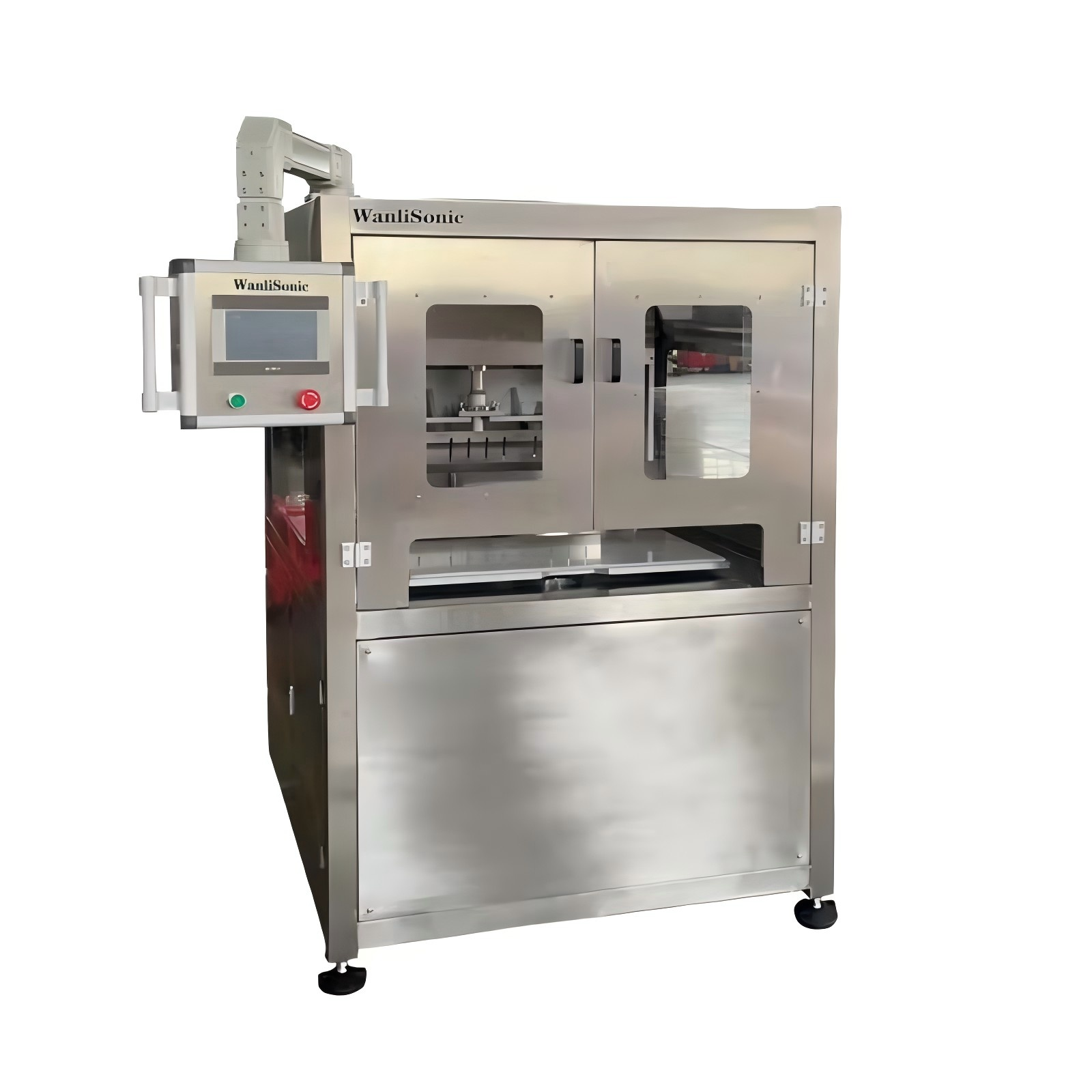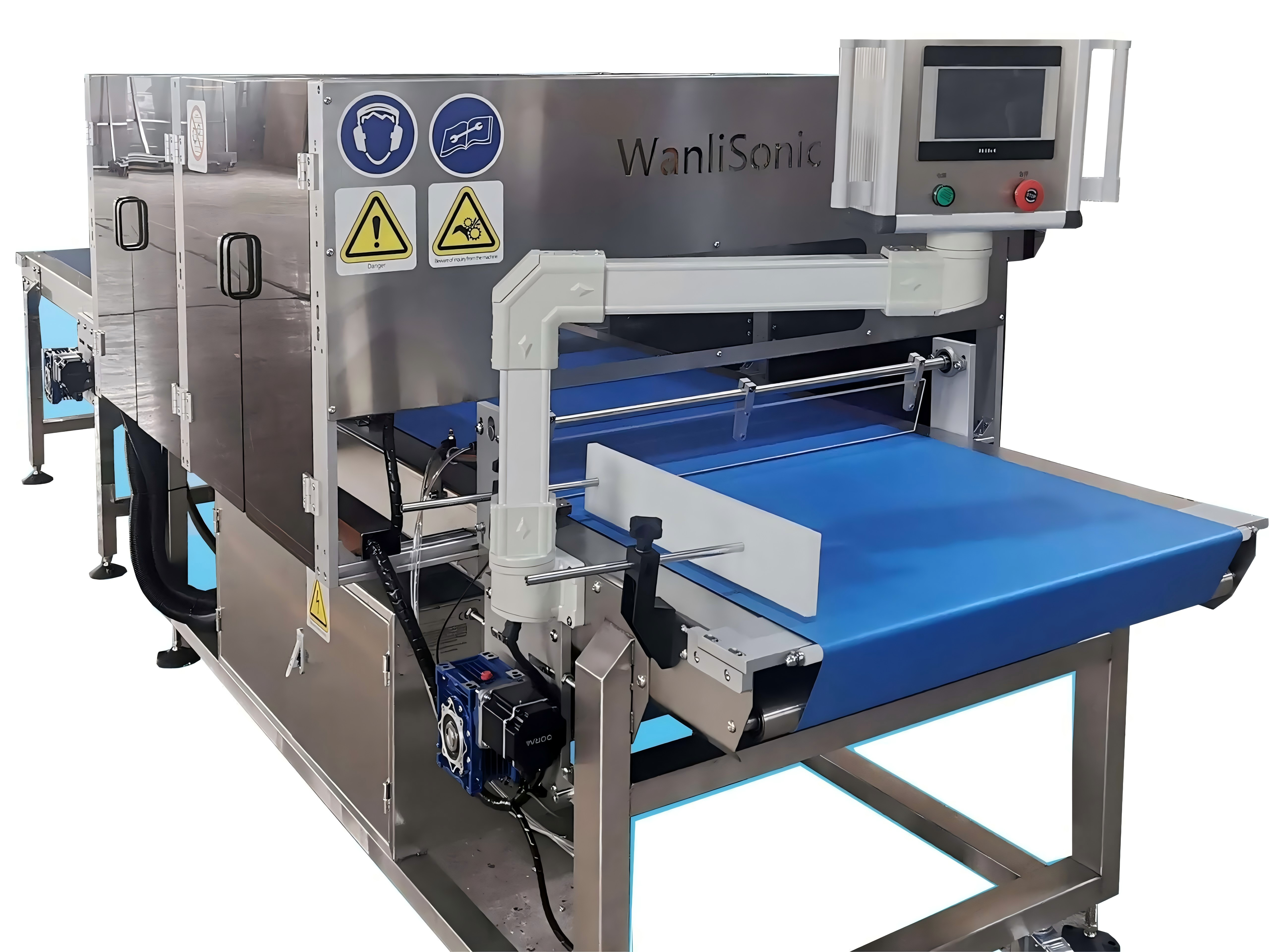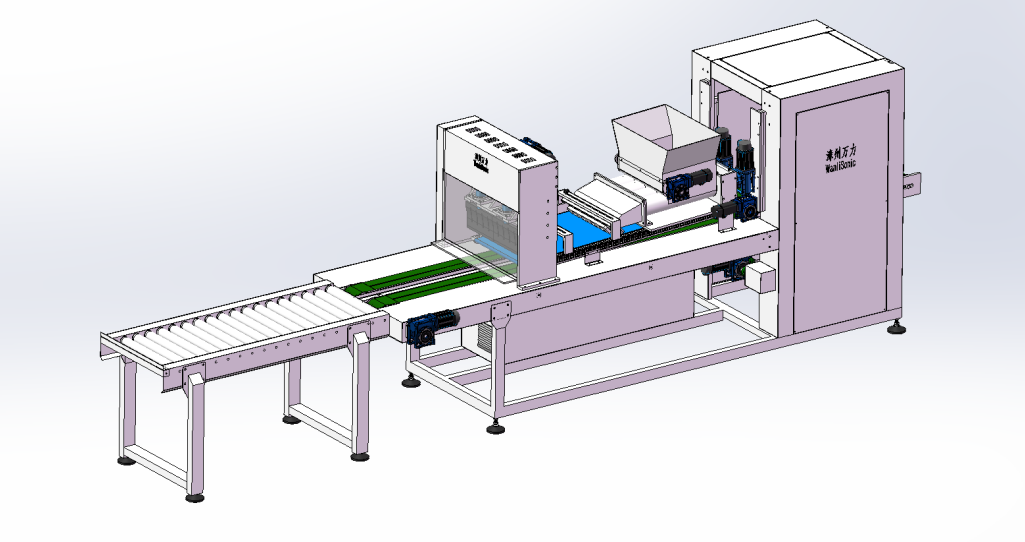When ultrasonic waves propagate in the medium, due to the interaction between the ultrasonic waves and the medium, the medium undergoes physical and chemical changes, resulting in a series of mechanical, thermal, electromagnetic and chemical ultrasonic effects, including the following effects :
Mechanical effect
The mechanical action caused by ultrasound can promote the emulsification of liquids, the liquefaction of gels, and the dispersion of solids. When the ultrasonic fluid forms a standing wave in the medium, the tiny particles suspended in the fluid are condensed at the node due to the mechanical force and form periodic accumulation in the medium.
Electromagnetic effect
When ultrasonic waves propagate in piezoelectric materials and magnetostrictive materials, induced polarization and induced magnetization due to the mechanical action of ultrasonic waves.
Cavitation effect
A large number of small bubbles can be generated when ultrasonic waves are applied to the liquid. One reason is that a local tensile stress occurs in the liquid to form a negative pressure. The decrease in pressure makes the gas originally dissolved in the liquid supersaturated and escapes from the liquid to become small bubbles. Another reason is that the strong tensile stress “tears” the liquid into a cavity called cavitation. Inside the cavity is liquid vapor or another gas that dissolves in the liquid, maybe even a vacuum. The small bubbles formed by cavitation will continue to move, grow, or burst with the vibration of the surrounding medium. When it bursts, the surrounding liquid suddenly bursts into the bubbles to generate high temperature and high pressure, as well as shock waves. The internal friction that accompanies cavitation can form an electric charge and cause luminescence in the bubbles due to discharge. The technology of ultrasonic treatment in liquid is mostly related to cavitation.
Thermal effect
Due to the high ultrasonic frequency and high energy, it can produce significant thermal effects when absorbed by the workpiece.
Chemical effect
The effect of ultrasonic waves can promote or accelerate certain chemical reactions. For example, pure distilled water generates hydrogen peroxide after ultrasonic treatment; nitrogen-dissolved water generates nitrous acid after ultrasonic treatment; and the dye aqueous solution will change color or fade after ultrasonic treatment. These phenomena are always accompanied by cavitation. Ultrasound can also accelerate the hydrolysis, decomposition and polymerization processes of many chemicals. Ultrasound also has a significant effect on photochemical and electrochemical processes. After the ultrasonic treatment of various aqueous solutions of various amino acids and other organic substances, the characteristic absorption spectrum band disappears and shows a uniform general absorption, which indicates that the molecular structure has been changed by cavitation.



